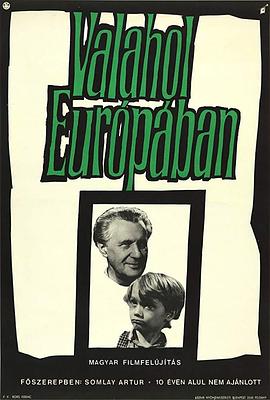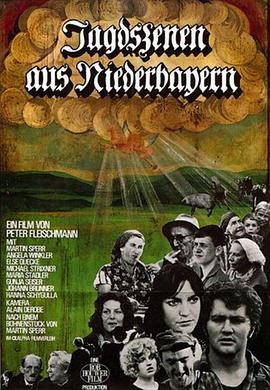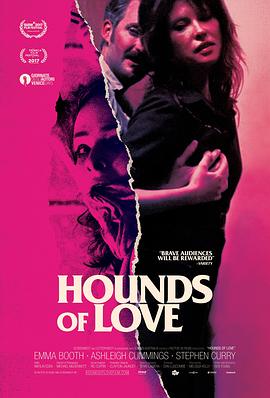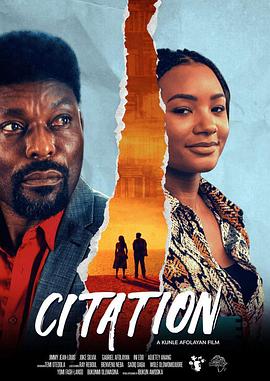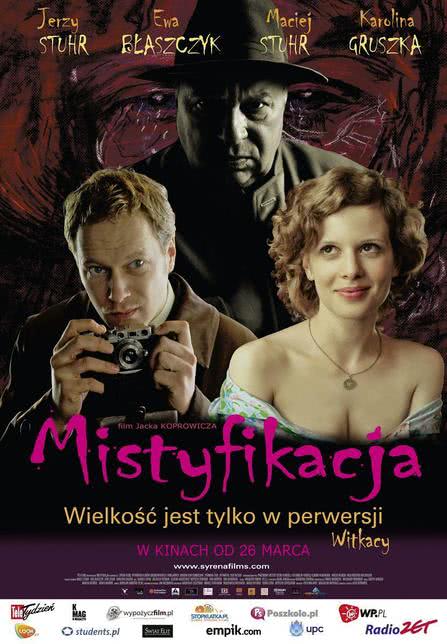推荐影片/Artúr版[欧洲的某个地方]
详情介绍/Artúr版[欧洲的某个地方]
剧情片[欧洲的某个地方]详情介绍
- 影片名称:欧洲的某个地方
- 影片别名:ouzhoudemougedifang
- 入库更新时间:2024-04-11 15:47:48
- 影片导演:Radványi,Géza
- 影片主演:Artúr,Somlay,Miklós,Gábor,Zsuzsa,Bánki
- 上映时间:1948年
- 资源更新:HD中字
- 总播放次数:701次
- 国家/地区:其它
- 影片语言:其它
- 影片类型:经典剧情片
- 资源类别:全集无删减版
- 豆瓣网评分:0.0
- Radványi,Géza导演执导的《欧洲的某个地方》,于1948年上映便获得了非常好的评价,该片是由Artúr,Somlay,Miklós,Gábor,Zsuzsa,Bánki等参与主演的一部不错的其它剧情片。
- Artúr版欧洲的某个地方剧情: Somewhere in the remote region, the war ends. In the midst of ruined cities and houses in the streets, in rural hamlets, everywhere where people still live, are children who have lost their homes and parents. Abandoned, hungry, and in rags, defenseless and humiliated, they wander through the world. Hunger drives them. Little streams of orphans merge into a river which rushes forward and submerges everything in its path. The children do not know any feeling; they know only the world of their enemies. They fight, steal, struggle for a mouthful of food, and violence is merely a means to get it. A gang led by Cahoun finds a refuge in an abandoned castle and encounters an old composer who has voluntarily retired into solitude from a world of hatred, treason, and crime. How can they find a common ground, how can they become mutual friends The castle becomes their hiding place but possibly it will also be their first home which they may organize and must defend. But even for this, the price will be very high. To this simple story, the journalist, writer, poet, scriptwriter, movie director, and film theoretician Béla Balázs applied many years of experience. He and the director Géza Radványi created a work which opened a new postwar chapter in Hungarian film. Surprisingly, this film has not lost any of its impact over the years, especially on a profound philosophical level. That is to say, it is not merely a movie about war; it is not important in what location and in what period of time it takes place. It is a story outside of time about the joyless fate of children who pay dearly for the cruel war games of adults. At the time it was premiered, the movie was enthusiastically received by the critics. The main roles were taken by streetwise boys of a children's group who created their roles improvisationally in close contact with a few professional actors, and in the children's acting their own fresh experience of war's turmoil appears to be reflected. At the same time, their performance fits admirably into the mosaic of a very complex movie language. Balázs's influence revealed itself, above all, in the introductory sequences an air raid on an amusement park, seen in a montage of dramatic situations evoking the last spasms of war, where, undoubtedly, we discern the influence of classical Soviet cinematography. Shooting, the boy's escape, the locomotive's wheels, the shadows of soldiers with submachine guns, the sound of a whistle—the images are linked together in abrupt sequences in which varying shots and expressive sharp sounds are emphasized. A perfectly planned screenplay avoided all elements of sentimentality, time-worn stereotypes of wronged children, romanticism and cheap simplification. The authors succeeded in bridging the perilous dramatic abyss of the metamorphosis of a children's community. Their telling of the story (the scene of pillaging, the assault on the castle, etc) independently introduced some neorealist elements which, at that time, were being propagated in Italy by De Sica, Rossellini, and other film artists. The rebukes of contemporary critics, who called attention to formalism for its own sake have been forgotten. The masterly art of cameraman Barnabás Hegyi gives vitality to the poetic images. His angle shots of the children, his composition of scenes in the castle interior, are a living document of the times, and underline the atmosphere and the characters of the protagonists. The success of the picture was also enhanced by the musical art of composer Dénes Buday who, in tense situations, inserted the theme of the Marseilaise into the movie's structure, as a motive of community unification, as an expression of friendship and the possibility of understanding. Valahol Europaban is the first significant postwar Hungarian film. It originated in a relaxed atmosphere, replete with joy and euphoria, and it includes these elements in order to demonstrate the strength of humanism, tolerance, and friendship. It represents a general condemnation of war anywhere in the world, in any form.
- 剧情片《欧洲的某个地方》在其它上市发行,私人手机影院整理了《欧洲的某个地方》电脑网页端在线观看、手机mp4免费观看、高清云播放等资源,如果你有更好更快的资源也可以推荐给私人手机影院。
- (本剧情介绍由私人手机影院喜欢看剧情片视频的影影编辑收集整理,更多详细剧情可以到百度百科查看更多介绍)
常见问题
- 1.在私人手机影院在线观看剧情片《欧洲的某个地方》收费么/需要安装什么播放软件么?
知道网友:《欧洲的某个地方》都是免费看的,不管在电脑还是手机均可直接观看,无需要安装任何播放软件的。
- 2.Artúr版《欧洲的某个地方》讲的什么评价怎么样?
豆瓣电影网友:《欧洲的某个地方》与其他作品不同的是,没有紧迫感,情节浮躁,画面凌乱,但它在不断地教育着我们,不像老师和家长长时间说教(我省略掉啰嗦啰嗦的一万字)。当我们看电影、电视剧或综艺节目时,我们常常会进入其中,不自觉地理解一些我们似乎不容易发现和理解的真相。再说近一点,看视频时设身处地会发现这是现实中更近教导的教导。
Mtime时光网网友评价:我一直认为所谓的影片是绘声绘色的书 比小说更高 基于虚拟与幻想 回头一想却都是现实的虚幻影子
丢豆网网友评论:Radványi,Géza导演的作品,有欢笑、有泪水、有喜悦、有悲伤...,虚拟世界中的感情是多彩的,并不同于我们现实中不爽就一直玩的感觉,虚拟感情的交错,当看完之后会觉得更加舒畅。
- 3.Artúr版《欧洲的某个地方》是什么时候上映/什么时候开播的?
土豆网友:1948年上映的,具体的日期可以到百度百科查一下就知道了。
- 4.剧情片《欧洲的某个地方》由哪些演员参演?
银河奇艺果网友:Artúr,Somlay,Miklós,Gábor,Zsuzsa,Bánki
- 5.Artúr版《欧洲的某个地方》有多少集?
电影吧网友:现在是HD中字
版权声明
1. 本站提供的欧洲的某个地方免费在线观看地址,均是由程序从各大视频网站(腾讯视频、优酷、乐视、奇艺、土豆、乐视视频、好看视频、66影视,草民影视,被窝电影站,午夜电影网,天天影院,悠悠影院,神马电影网,星辰影院等...)自动收集而来,仅供测试和学习交流。 同时关于欧洲的某个地方剧情介绍、分集剧情、剧照、大结局、预告、海报、花絮、播出时间、有哪些演员、在哪里可以看、上映时间、什么时候播出、女演员、男演员、演员表、国语版、粤语版、字幕、好看吗、影评、豆瓣、主题曲、歌曲、插曲等信息均来源互联网。
2. 本站不提供欧洲的某个地方高清资源的录制传播发行与存储,如特别喜欢或想收藏欧洲的某个地方,请通过正规渠道在实体店或淘宝网购买正版影视音像作品。
3. 本网站尊重并保护知识产权,根据《信息网络传播权保护条例》,如发现欧洲的某个地方内容侵犯了您的权益,请及时通知我们,我们会立即删除。 对于不当转载或引用本网内容而引起的民事纷争、行政处理或其他损失,本站不承担任何责任。
